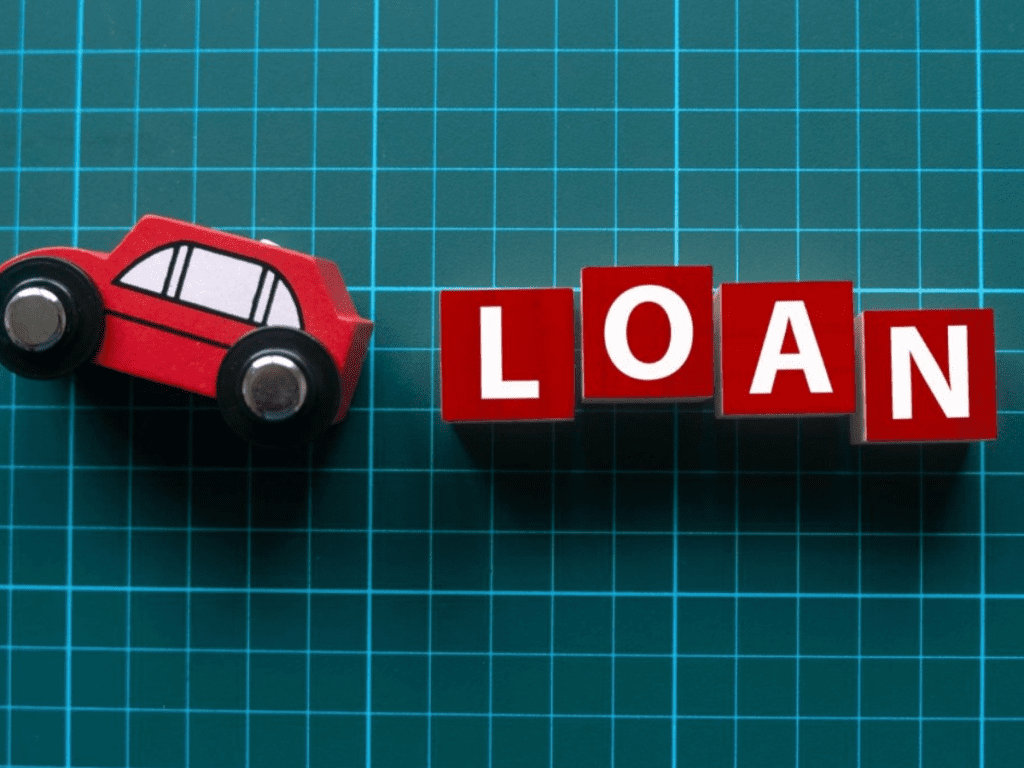Introduction
Buying a car is an exciting journey, but it’s also a financial decision that requires careful consideration. Whether you’re purchasing your first vehicle or upgrading your current one, understanding the auto loan process and choosing the right insurance plan are crucial steps in making an informed decision. This comprehensive guide will walk you through the key steps involved in securing an auto loan and selecting the best insurance coverage to protect your vehicle.
Understanding the Auto Loan Process
An auto loan allows you to purchase a car by borrowing money from a lender, such as a bank, credit union, or online financial institution, which you then repay in monthly installments. The process of securing an auto loan involves several steps, and each one plays a crucial role in ensuring that you get the best possible deal. Here’s what you need to know:
1. Assessing Your Budget
Before diving into the auto loan process, it’s important to evaluate your financial situation. Determine how much you can afford to spend on a vehicle, considering your monthly income, existing debt obligations, and other expenses. It’s advisable to spend no more than 15% of your monthly take-home pay on a car payment. Keep in mind that a larger down payment can reduce your loan amount, helping lower your monthly payments and interest rates.
Additionally, you should account for other costs that come with owning a car, such as fuel, maintenance, and taxes. Once you’ve established your budget, you’ll be better equipped to make an informed decision about your loan amount and loan term.
2. Checking Your Credit Score
Your credit score is one of the most significant factors lenders use to determine the interest rate on your loan. A higher score typically results in lower interest rates, which means you’ll pay less over the life of the loan. Check your credit score before applying for an auto loan to get an idea of where you stand.
If your credit score is less than stellar, you may still qualify for a loan, but at a higher interest rate. If possible, take steps to improve your credit score before applying for the loan by paying down outstanding debts or correcting any errors on your credit report.
3. Choosing a Lender
There are various types of lenders you can choose from when securing an auto loan. The most common options include:
- Banks: Traditional banks offer auto loans with competitive interest rates, especially for individuals with good credit scores. However, they may have stricter lending requirements and longer approval processes.
- Credit Unions: Credit unions often offer lower interest rates and more flexible loan terms compared to traditional banks. Membership is typically required to apply for a loan, but many people find that credit unions provide more personalized customer service.
- Online Lenders: Online lenders provide a quick and convenient way to secure an auto loan. They may offer competitive rates, but it’s important to research the reputation of the lender and read reviews from other customers.
Once you’ve narrowed down your options, compare the interest rates, loan terms, and fees offered by each lender. You can use an auto loan calculator to estimate monthly payments based on the loan amount, term length, and interest rate.
4. Getting Pre-Approved for a Loan
Before you visit a dealership, consider getting pre-approved for an auto loan. Pre-approval means that a lender has assessed your financial situation and agreed to lend you a specific amount of money. This can give you a better idea of what you can afford, and it can also streamline the car-buying process.
During the pre-approval process, you’ll typically need to provide documents such as proof of income, proof of residence, and identification. Some lenders may also require a down payment. Once you’re pre-approved, you’ll know exactly how much you can borrow and the terms of your loan.
5. Choosing the Loan Term
When you secure an auto loan, you’ll need to decide on the loan term, which is the length of time you’ll take to repay the loan. Loan terms typically range from 36 to 72 months, though some lenders may offer shorter or longer terms.
A longer loan term can lower your monthly payments, making the loan more affordable in the short term. However, this often results in paying more in interest over the life of the loan. A shorter loan term may have higher monthly payments but can save you money in interest in the long run. Choose a term that fits your budget and financial goals.
6. Signing the Loan Agreement
Once you’ve selected a lender and agreed on the loan terms, it’s time to sign the loan agreement. Carefully review the agreement, paying close attention to the interest rate, repayment schedule, and any additional fees or penalties. Once signed, you’ll be legally bound to repay the loan according to the agreed-upon terms.
Choosing the Right Car Insurance Plan
Once you’ve secured financing for your vehicle, the next step is to choose the right insurance coverage. Auto insurance is required by law in most places, and it provides financial protection in the event of an accident or other incidents involving your car. There are several types of coverage available, and the best choice depends on factors such as your budget, the value of your vehicle, and your risk tolerance. Here’s a breakdown of the main types of car insurance coverage:
1. Liability Insurance
Liability insurance is the most basic and required type of auto insurance. It covers damages and injuries that you cause to others in an accident. Liability insurance is often split into two components:
- Bodily Injury Liability: Covers medical expenses, lost wages, and other costs related to injuries sustained by others in an accident you caused.
- Property Damage Liability: Covers the costs of repairing or replacing property (such as vehicles or fences) damaged in an accident you caused.
The minimum amount of liability coverage required varies by state or country, but it’s generally a good idea to carry more than the minimum to protect yourself in case of a major accident.
2. Collision Insurance
Collision insurance covers damage to your own vehicle in the event of an accident, regardless of who is at fault. This type of coverage is especially important if you have a new or valuable car. If your car is damaged in a collision, collision insurance will help pay for repairs or replacement.
It’s important to note that collision insurance usually comes with a deductible, which is the amount you must pay out of pocket before your insurance kicks in. If you have a higher deductible, your premiums may be lower, but you’ll be responsible for paying more in the event of a claim.
3. Comprehensive Insurance
Comprehensive insurance covers damages to your vehicle that are not caused by a collision, such as theft, vandalism, natural disasters, or hitting an animal. Like collision insurance, comprehensive coverage comes with a deductible. This coverage is often recommended for newer cars or vehicles with high value.
4. Uninsured/Underinsured Motorist Insurance
Uninsured and underinsured motorist insurance protects you if you’re involved in an accident with someone who either doesn’t have insurance or doesn’t have enough insurance to cover the damages. This type of coverage is particularly important in states with a high number of uninsured drivers.
5. Personal Injury Protection (PIP)
Personal Injury Protection (PIP), also known as no-fault insurance, covers medical expenses, lost wages, and other expenses related to injuries sustained in an accident, regardless of who is at fault. Some states require PIP coverage, while others allow you to choose whether to purchase it.
6. Gap Insurance
Gap insurance covers the difference between the amount you owe on your auto loan and the actual cash value (ACV) of your vehicle if it’s totaled in an accident. This coverage is especially valuable if you have a loan on a new car, as new vehicles typically depreciate quickly. If your car is totaled and you owe more than the car’s worth, gap insurance ensures you aren’t left paying for a car you no longer have.
Factors to Consider When Choosing Auto Insurance
When selecting auto insurance, several factors should guide your decision:
- State Requirements: Ensure that you meet the minimum insurance requirements in your state or country.
- Vehicle Type: The type of car you drive will impact your insurance premiums. High-value or luxury cars generally cost more to insure.
- Driving History: A clean driving record may qualify you for discounts, while a history of accidents or violations may increase your premiums.
- Deductibles: Consider your deductible amount. A higher deductible can lower your premium but increase your out-of-pocket expenses in the event of a claim.
- Discounts: Many insurance providers offer discounts for things like safe driving, bundling multiple policies, or having anti-theft devices installed in your vehicle.
Conclusion
Navigating the auto loan process and selecting the right insurance plan may seem daunting, but breaking down each step can make the process more manageable. By assessing your budget, checking your credit, and shopping around for the best lender, you can secure an auto loan that fits your financial situation. Similarly, understanding the various types of car insurance coverage and choosing the one that offers the right protection for you and your vehicle will ensure peace of mind. Remember to review your auto loan and insurance terms regularly to make sure they continue to meet your needs as your financial situation and circumstances evolve.

